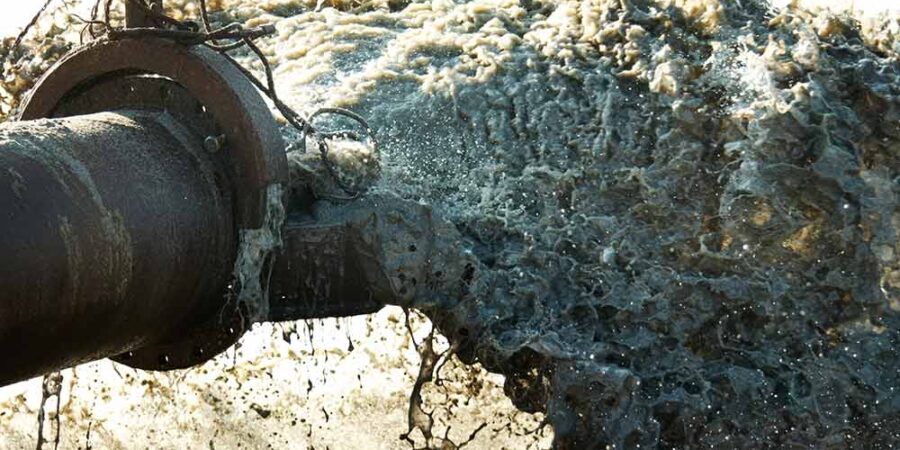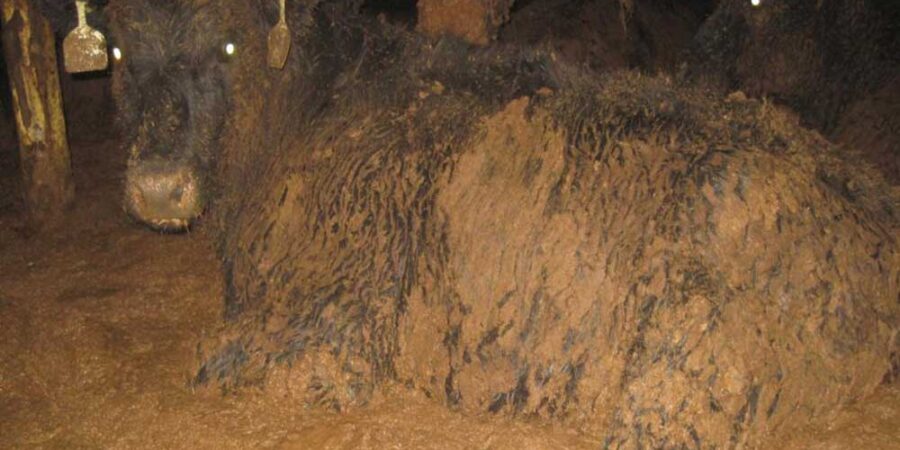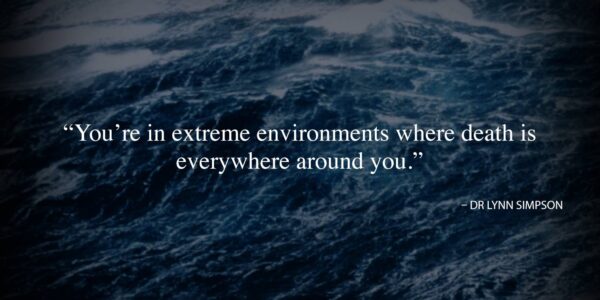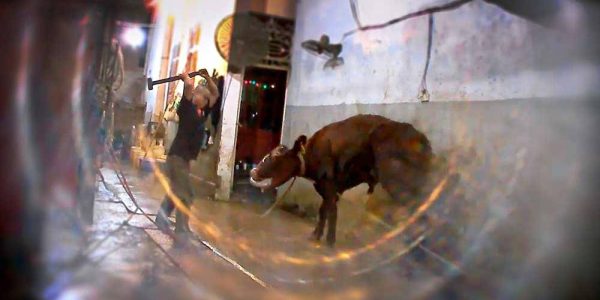Every year, tens of thousands of animals who die on board live export ships are disposed of at sea, either as whole carcasses or as bone and blood after being passed through a grinder. The potential impacts of this to our fragile ocean ecosystems are as yet unknown but the Western Australians for Shark Conservation (WASC) suggests that this could be having a serious impact on the migratory patterns of sharks.
Evidence suggests that a shark’s sense of smell is so heightened that they can detect one part blood in a million parts water. As such, blood is commonly used by marine biologists and cage dive operators to attract sharks (a practice called ‘chumming’). When live export ships churn up dead animals and expel them, they are effectively chumming the water. Sharks can enter a frenzied state at the smell of blood as they search for the source. WASC suggests that the disposal of animal remains from live export ships may be connected to an increase in human and shark interactions along the coast of Australia.












